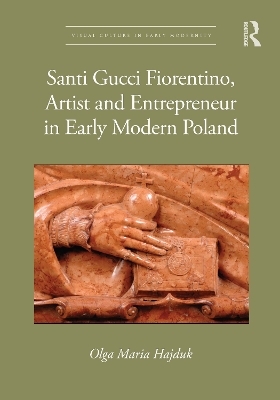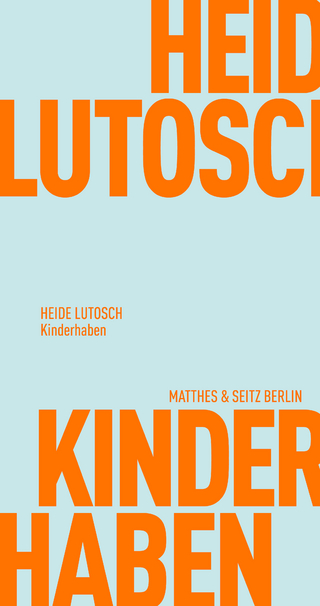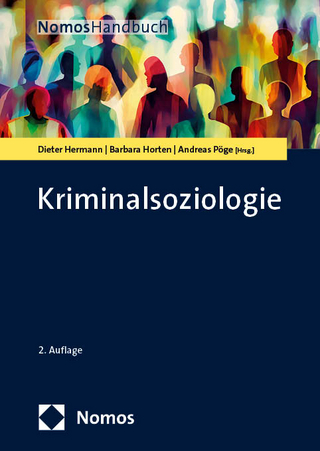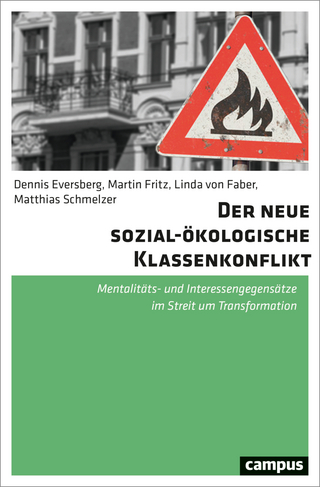
Santi Gucci Fiorentino, Artist and Entrepreneur in Early Modern Poland
Seiten
2024
Routledge (Verlag)
978-1-032-65787-5 (ISBN)
Routledge (Verlag)
978-1-032-65787-5 (ISBN)
The original research in this book analyzes the artistic activity of Santi Gucci (1533-c. 1600), a Florentine sculptor active in Poland in the second half of the sixteenth century, and his workshop.
The original research in this book analyzes the artistic activity of Santi Gucci (1533– c.1600), a Florentine sculptor active in Poland in the second half of the sixteenth century, and his workshop.
Chapters examine the organization of the artistic workshop (sculpting and masonry) and the model of the artist’s functioning as an entrepreneur in Renaissance Poland, using Santi Gucci’s activity as an example. Gucci shaped the image of Polish sculpture in the sixteenth century for more than 50 years, even though his work has not yet been fully examined. The author sets Gucci’s emigration within the context of the cultural exchanges between Italy and Poland that contributed to the development of the Polish Renaissance.
The book will be of interest to scholars working in art history, Renaissance studies, architectural history and economic history.
The original research in this book analyzes the artistic activity of Santi Gucci (1533– c.1600), a Florentine sculptor active in Poland in the second half of the sixteenth century, and his workshop.
Chapters examine the organization of the artistic workshop (sculpting and masonry) and the model of the artist’s functioning as an entrepreneur in Renaissance Poland, using Santi Gucci’s activity as an example. Gucci shaped the image of Polish sculpture in the sixteenth century for more than 50 years, even though his work has not yet been fully examined. The author sets Gucci’s emigration within the context of the cultural exchanges between Italy and Poland that contributed to the development of the Polish Renaissance.
The book will be of interest to scholars working in art history, Renaissance studies, architectural history and economic history.
Olga Maria Hajduk received her PhD from the Institute of Art of the Polish Academy of Sciences. Her area of focus lies in interdisciplinary studies on Italian artist activities in Renaissance Poland with special attention on sculptors and goldsmiths, and the women’s representation in early modern Poland.
Introduction 1. Florence. Rubbing shoulders with the great masters 2. Kraków. On the cusp of a career 3. Between Lublin, Kraków and Warsaw: at the service of kings and magnates 4. Pińczów: the workshop of an artist-entrepreneur Conclusion Annex
| Erscheinungsdatum | 25.04.2024 |
|---|---|
| Reihe/Serie | Visual Culture in Early Modernity |
| Zusatzinfo | 20 Halftones, color; 51 Halftones, black and white; 20 Illustrations, color; 51 Illustrations, black and white |
| Verlagsort | London |
| Sprache | englisch |
| Maße | 174 x 246 mm |
| Gewicht | 689 g |
| Themenwelt | Kunst / Musik / Theater ► Kunstgeschichte / Kunststile |
| Kunst / Musik / Theater ► Malerei / Plastik | |
| Sozialwissenschaften ► Soziologie ► Spezielle Soziologien | |
| ISBN-10 | 1-032-65787-1 / 1032657871 |
| ISBN-13 | 978-1-032-65787-5 / 9781032657875 |
| Zustand | Neuware |
| Informationen gemäß Produktsicherheitsverordnung (GPSR) | |
| Haben Sie eine Frage zum Produkt? |
Mehr entdecken
aus dem Bereich
aus dem Bereich
Mentalitäts- und Interessengegensätze im Streit um Transformation
Buch | Softcover (2024)
Campus (Verlag)
34,00 €


